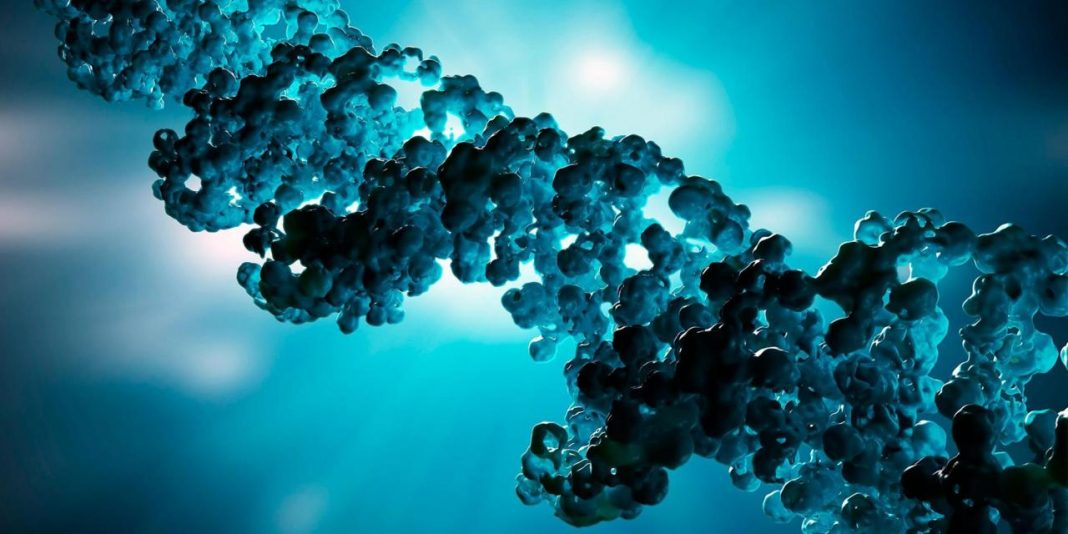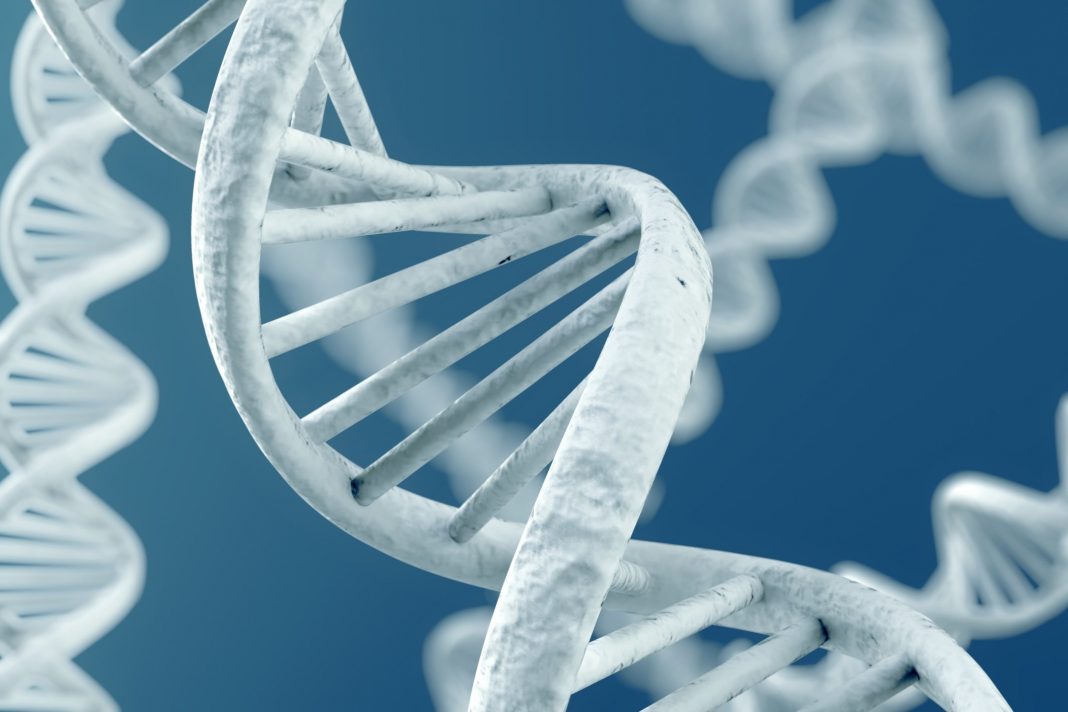A new study carried out by researchers at Drexel University and Georgia Institute of Technology has revealed how the Rad52 protein is vital in RNA-dependent DNA repair. Moving forward this may help identify new targets for cancer treatment. Although both radiation and chemotherapy have proved useful in the past, they’re not without their problems. One of the problems with these treatments is that they can cause a DNA double-strand break which causes DNA to become damaged.
Homologous recombination is where two DNA molecules exchange genetic information and is an important part of DNA repair. However, there are some gene mutations that can destabilize a genome. One such example can be found in the tumor suppressor BRAC2. If there are mutations here that are involved in DNA repair by homologous recombination, a deadly form of breast and ovarian cancer could form.
Two people that have dedicated their research to study the mechanisms and proteins that promote DNA repair are Alezander Mazin, a professor at Drexel University’s College of Medicine, and Francesca Storici, an associate professor at Georgia Tech’s School of Biological Sciences. Back in 2014, the pair made a huge discovery. “We provided evidence that RNA can be used as a donor template to repair DNA and that the protein Rad52 is involved in the process,” said Mazin. “But we did not know exactly how the protein is involved.”
During their current research, the team revealed another important role of Rad52 in that it promotes “inverse strand exchange” between double-stranded DNA and RNA. What this means is that this protein can bring together these RNA and DNA molecules and in doing so can be used as a template for accurate DNA repair. “Strikingly, such inverse strand exchange activity of Rad52 with RNA does not require extensive processing of the broken DNA ends, suggesting that RNA-templated repair could be a relatively fast mechanism to seal breaks in DNA,” advised Storici.
Moving forward the team is hoping to explore the role of Rad52 in human cells. “DNA breaks play a role in many degenerative diseases of humans, including cancer. We need to understand how cells keep their genomes stable,” says Storici. “These findings help bring us closer to a detailed understanding of the complex DNA repair mechanisms.”
More News to Read
- Testing Quantum Gravity with Merging Black Holes
- Starting a Company? Trust Your Instinct and Stop Listening People
- Radio Waves Might Help Protect Our World From Deadly Space Weather
- Can New Startup Grail Beat Cancer With its New Form of Testing?
- No Time For Visiting Art Galleries? Google Here to Help!!











